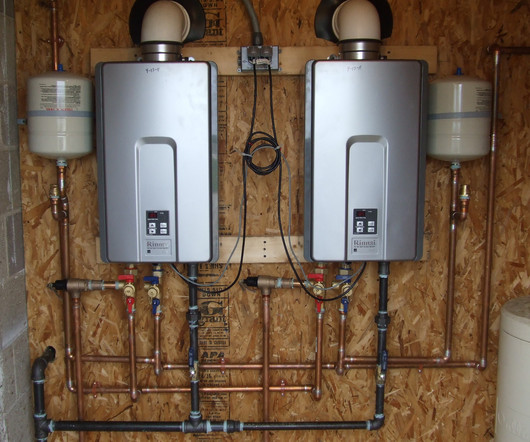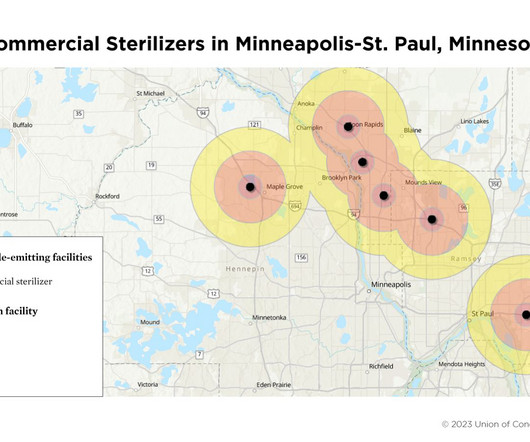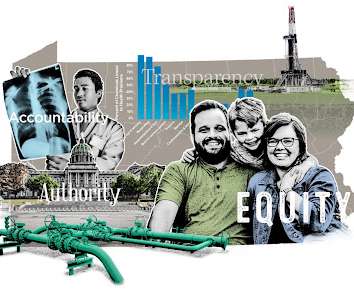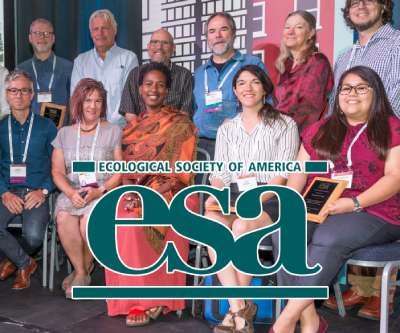EPA Will Reconsider the Ozone NAAQS — What Is An Adequate Margin of Safety, Anyway?
Law and Environment
NOVEMBER 1, 2021
On Friday, EPA announced that it was reconsidering its 2020 decision to leave the National Ambient Air Quality Standards for ozone unchanged. The notice does not identify any specific perceived flaws in the 2020 decision. The post EPA Will Reconsider the Ozone NAAQS — What Is An Adequate Margin of Safety, Anyway?























Let's personalize your content